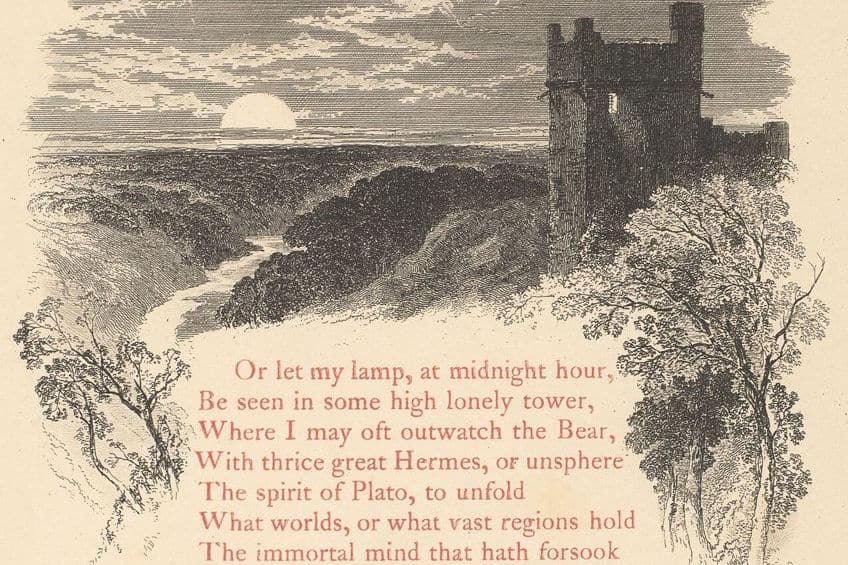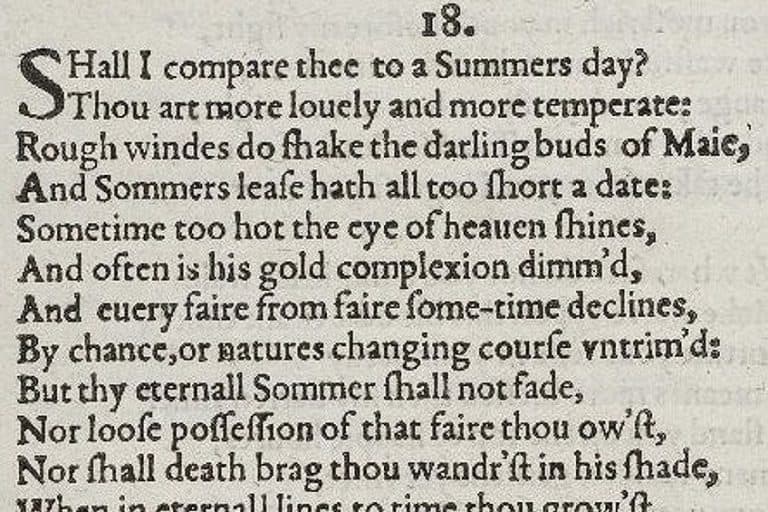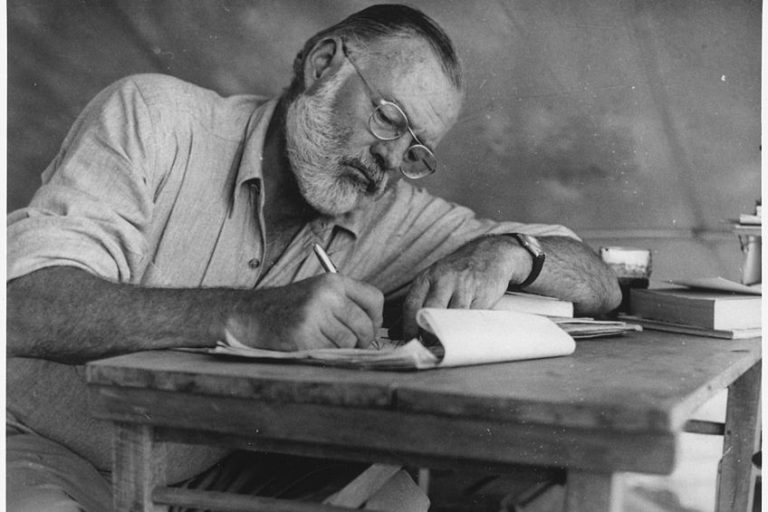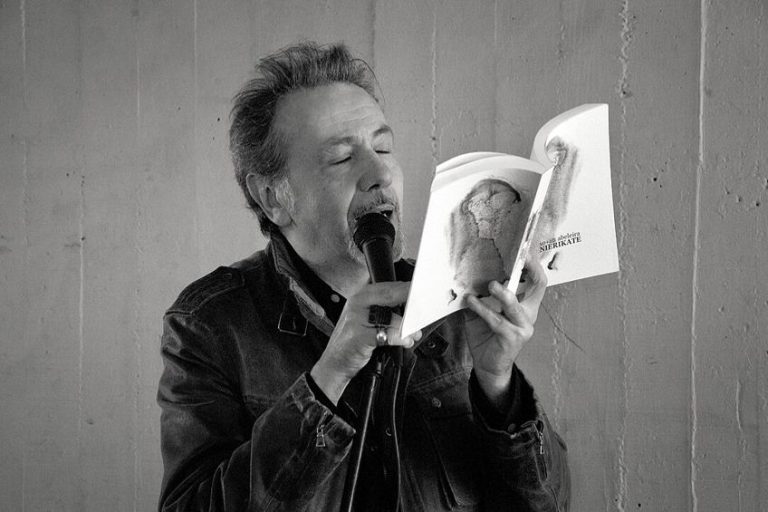Couplet in Poetry – One of the Most Popular Rhyming Schemes
The couplet in poetry is one of the basic ideas that can be found in poetry in general. This is a very simple way in which stanzas can be structured, but we will get to that in time. In fact, over the course of this article, we are going to look at a definition of the couplet in poetry, the different types of stanza structure that can be compared to the couplet, the uses and characteristics of the couplet in poetry, the ways a couplet can be arranged, and a few examples of the couplet in specific poems. If all of these elements are things that interest you in some way, then you can certainly keep reading to learn a whole lot more about the purpose of the couplet in poetry!
Table of Contents
- 1 A Look at the Couplet in Poetry
- 2 Summary of the Couplet in Poetry
- 3 A Definition of the Couplet in Poetry
- 4 The Different Types of Stanza Structure
- 5 The Uses of the Couplet in Poetry
- 6 The Characteristics of the Couplet in Poetry
- 7 Rhyming Couplets Versus Non-Rhyming Couplets in Poetry
- 8 Examples of the Couplet in Poetry
- 9 Frequently Asked Questions
A Look at the Couplet in Poetry
There are so many different structures that can be found in poetry, and the couplet just happens to be one of them! We will, in one of the sections of this article, examine the other structures that exist so that we can compare the couplet against them, but a basic understanding is often good before jumping into things. Luckily, the way to understand what a couplet is is right there in the name! It can be harder to know what other structures like this mean if you’re less familiar with the prefixes needed to understand them, such as the sestet. Here, it’s really easy. The couplet is made of a couple. This indicates that it is made up of two lines.

That’s all that a couplet in poetry is! It’s a two-line structure. We will go into more depth with regard to this particular poetic structure, but before we get into that, let’s first have a look at a good old summary of things for those who might not have the time or drive to read this whole article! So, let’s get to that before we move into the article at large and investigate the ways in which the couplet can be used in poetry.
Summary of the Couplet in Poetry
Sometimes, we just need a summary of things rather than having to read a whole article. This often makes sense, and that’s why we’ve thrown one right over here! This is hardly a comprehensive look at the kinds of things that can be done with the couplet in poetry, but it should be a good starting point for someone interested in how the couplet can be used in poetry:
- A couplet in poetry is a two-line stanza. The basic premise behind a couplet in poetry is rather simple. It is simply a stanza of some kind that uses a pair of lines. There can be rules on what these two lines do depending on the specific variety of poetry in which said couplets have been found, but the term itself is very generic and has no other real rules attached to it.
- A couplet can have or not have rhyme. While a term like “rhyming couplet” is commonly used, there are many instances of non-rhyming couplets. There are types of poetry that make use of couplets but do not force those couplets to rhyme with one another. However, the use of rhyme to join the two lines of a couplet together is probably better known than non-rhyming couplets.
- A couplet can be part of a different poem. One of the best-known uses of the couplet in poetry is its use in a Shakespearean sonnet. This type of poetic structure has a rhyme scheme that is presented as ABABCDCDEFEFGG. The last two lines rhyme with one another and generally form some kind of a final send-off to the poem as a whole. Other poetic types also incorporate couplets.
These few points are very basic, but they should at least point you in the right direction. However, if you want to learn quite a lot more about the couplet in poetry, you’ll need to keep reading.
There is a lot more that can be discussed in relation to this particular structure that is so commonly found in poetry.
A Definition of the Couplet in Poetry
It has already been mentioned that the basic idea behind the couplet can be found in the name and that it is a type of poetic structure that only includes two lines. That is the primary thing that differentiates a couplet from other types of stanza structure. However, there are different ways in which the couplet can be used, as will be explored in time, and the couplet can also be rather interesting as something that either exists within other structures or as a standalone structure. However, this will be further explored in one of the sections below.
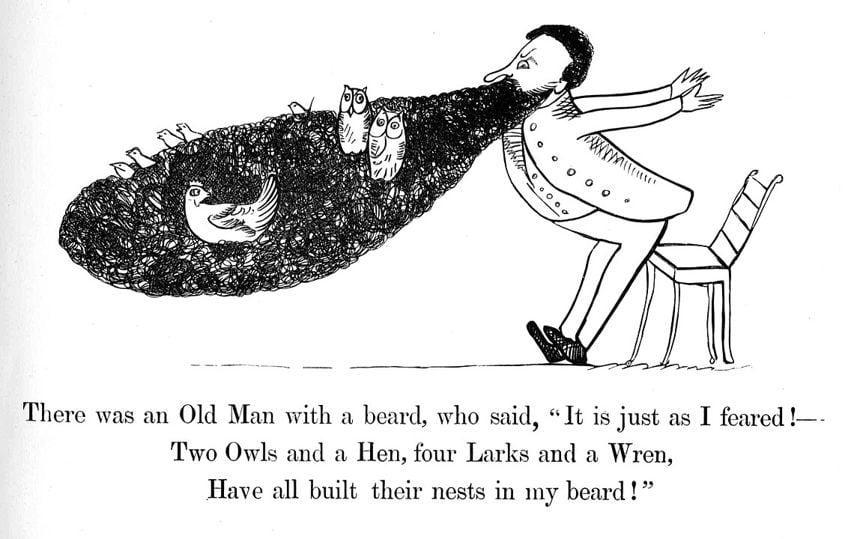
The couplet can be used in all manner of ways, and some of those ways will be touched on in more detail throughout this article, but the one thing that must always be remembered is that the couplet requires two lines. If it has three lines, then it is an example of a tercet. However, to ensure that these different stanza structures are understood within the context of the couplet, let’s have a quick look at the different stanza structures.
The Different Types of Stanza Structure
There are numerous different ways that stanzas can be arranged. The couplet can often serve as a standalone stanza, but it can also form part of a larger stanza. That is the case with each of the different structures that are often seen as “stanza structures”. Each of these forms is defined by the number of lines in them. So, the couplet has two lines. The monostich has one. The tercet has three.
This is the only definitive thing that defines each of these poetic structures against one another.
There are a number of standard ones, such as the quatrain, quintain, sestet, and octave that follow on from the tercet by a factor of one each time. There are many different ways that these can be used, but they are always defined by their number of lines. We will not go into each of these different stanza lengths today, but we will go into the uses of the couplet as it is our focus for the day.
The Uses of the Couplet in Poetry
When it comes to how the couplet can be used in poetry, we already know that it can stand alone. A couplet can be used as a kind of stanza, such as those found in ghazal poems. However, while there are many types of poems that can make use of the couplet structure as standalone stanzas, they can also be within other structures.
The easiest one to examine is the sonnet, especially the Shakespearean sonnet. This variety of poetry ends with a rhyming couplet. The last two lines often serve as the volta, or shift in tone, that changes the course of the sonnet in question. The way in which this can manifest will be explored in one of the examples of the couplet in action in the last section of this article.

However, other than this use, the couplet can also be found in poetic varieties like heroic couplets. These are a type of poetry that makes use of rhymed couplets written in iambic pentameter, or there could be the use of split couplets, which have an asymmetrical rhythmic structure where the first line has iambic pentameter and the second has iambic dimeter.
This should demonstrate that the couplet can be found in a great variety of different poetic structures and types. It is a highly versatile form of poetic expression, and it has some characteristics that make it immensely useful within poetry.
The Characteristics of the Couplet in Poetry
The primary characteristic of the couplet in poetry has been exhaustively stated until now, and that is the fact that it has two lines. However, other common factors include the use of rhyme and meter. While these will be explored more in the section below, the couplet can often make use of rhyme and specific meter. Other than this, the couplet is often known for containing some kind of a complete thought.
This is not always true, but it is a fairly common feature of the form.
This is especially the case when it serves as the end of a Shakespearean sonnet. It usually concludes the poem with a final statement for us to leave with. Lastly, the couplet is just highly versatile as a poetic form. It can be used in many different ways, such as ending off thoughts, providing persistent rhythm, and so on. Some of the uses of this form will be explored when we have a look at the different examples of the couplet in poetry.
Rhyming Couplets Versus Non-Rhyming Couplets in Poetry
The couplet has been around for a very long time, and as a result, there have been those who have used it alongside rhyme and those who have used it without rhyme. While both of these have been used and can be seen as entirely valid on their own, we do tend to see the rhyming couplet more commonly when a couplet structure is used.
When a rhyming couplet is used in poetry, it also often makes use of certain elements. For instance, a rhyming couplet will probably have the same meter across both lines. This can also be the case with non-rhyming couplets, but it is often more expected in the rhyming variety. For instance, heroic couplets, which have already been mentioned, make use of iambic pentameter.

Non-rhyming couplets are also more likely to break the idea of structural unity. Many couplets contain a single idea across the two couplets because it feels right for it to be done that way. However, non-rhyming couplets will be more likely to make use of enjambment or more disjointed ways of expressing the poem in question. This shows us that the couplet in poetry can be arranged along either rhyming or non-rhyming lines. Some varieties necessitate rhyme, but this does not make the use of non-rhyming couplets any less valid as a means of poetic expression.
However, it would be best to see this reflected in some actual couplet examples.
Examples of the Couplet in Poetry
When we need to understand something, it can often be highly beneficial to actually examine some specific examples of it. This is why we are going to have a look at five different ways in which the couplet can be used in practical examples of poetry. Each of these poems uses the couplet in a different way, and this can be beneficial to show you why and how this is such a versatile poetic form. Let’s check out these examples of the couplet in poetry to better understand this form.
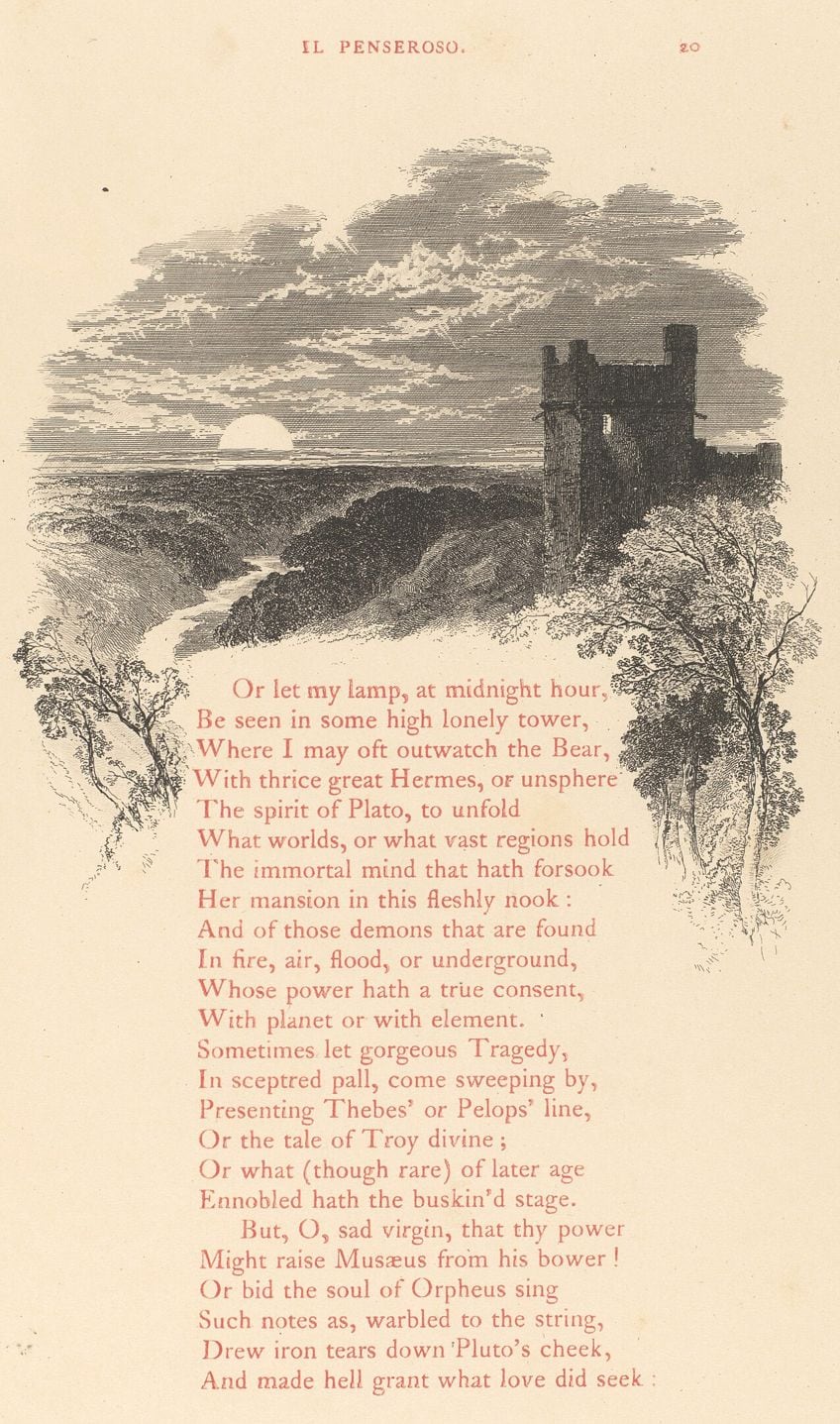
My mistress’ eyes are nothing like the sun (1609) by William Shakespeare
| Date Published | 1609 |
| Type of Poem | Shakespearean sonnet |
| Rhyme Scheme | ABABCDCDCEFEFGG |
| Meter | Iambic pentameter |
| Topic | Beauty |
My mistress’ eyes are nothing like the sun makes use of a type of sonnet structure that has come to be known as a Shakespearean sonnet and, as a result, the final two lines of the poem make use of a rhyming couplet structure. The couplet in poetry can be found in many different poetic varieties, and this type of sonnet is perhaps one of the best-known of them all to make use of the couplet.
In this particular case, the couplet ends off the poem and serves as the volta that shifts the tone of the poem from the earlier dedication to a discussion of the lack of beauty of a specific person to an affirmation that regardless of this lack of traditional beauty, this person is beautiful to the speaker.

I Wandered Lonely as a Cloud (1807) by William Wordsworth
| Date Published | 1807 |
| Type of Poem | Lyric poem |
| Rhyme Scheme | ABABCC |
| Meter | Iambic tetrameter |
| Topic | Nature and memory |
I Wandered Lonely as a Cloud is a poem with a very specific sestet stanza structure. Each of these stanzas makes use of the rhyme scheme ABABCC. Here, you can see that the first four lines are made up of an alternating rhyme quatrain, but the final two lines make use of a rhyming couplet style. This serves as a means of capping off each stanza with a more rhythmic endpoint. Take the first stanza of the poem as an example.
The first four lines set up the tone and end with the introduction of the field of daffodils that are so prominently featured within this poem, and this last couplet ends off the setup with an image of the tree and the breeze.

Nothing Gold Can Stay (1923) by Robert Frost
| Date Published | 1923 |
| Type of Poem | Lyric poem |
| Rhyme Scheme | AABB |
| Meter | Iambic trimeter |
| Topic | Beauty and impermanence |
Nothing Gold Can Stay is a perfect example of a couplet in poetry because it is literally entirely made up of couplets. The entire poem’s structure is one rhyming couplet after the next. In addition to this, the poem uses trimeter, and so there are comparatively few syllables per line. This means that the jump to the next rhyme is short and occurs in rapid succession. The beat of the poem as a whole is aided by this dedication to the use of couplets throughout the poem.
It is not a particularly standard variety of poetry, but it does allow the poem to have a far snappier presentation.
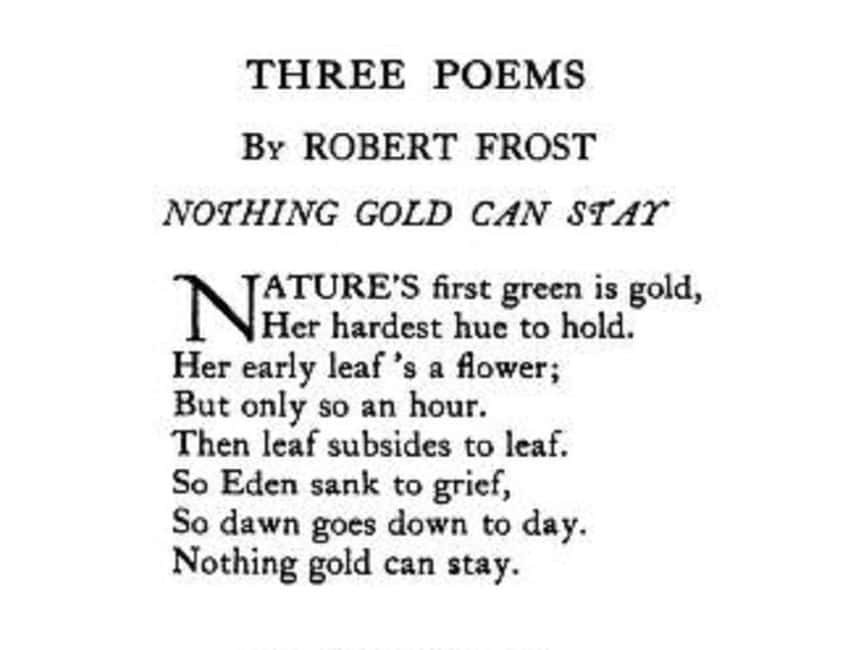
The Uses of Sorrow (2007) by Mary Oliver
| Date Published | 2007 |
| Type of Poem | Free verse |
| Rhyme Scheme | None |
| Meter | None |
| Topic | Human consciousness |
The Uses of Sorrow is a very short poem that is made up of one monostich, or stanza with one line, and two couplets. The entire length of the poem is only five lines, but that first line is only to state that the poem itself came from a dream. So, we could say that the poem as a whole is actually only made up of two non-rhyming couplets. Each of the couplet stanzas has a particular message that it wishes to convey, and they are presented as single sentences that are broken up through enjambment.
So, you read this poem as if it is only a few sentences, and that kind of flow is aided along by the couplet structure that it uses.
Ghazal for Becoming Your Own Country (2016) by Angel Nafis
| Date Published | 2016 |
| Type of Poem | Ghazal |
| Rhyme Scheme | ABCBDB |
| Meter | Variable |
| Topic | Self-love |
Ghazal for Becoming Your Own Country is an example of a ghazal poem. This poetic structure features a series of couplets. These couplets also have specific rules attached to them. For instance, there needs to be the repetition of certain phrases in each stanza. This type of poetry can show us that the couplet in poetry has a long history and has been used for entire poetic structures. This isn’t like the use of the couplets in a sonnet, where it serves to cap off the poem as a whole but is instead a poem comprised entirely of couplets.
We have just finished looking at five separate examples of poems that make use of couplets in some or another way. This last section should have shown some of the versatility of the couplet in poetry, but the article as a whole also explored various aspects of the couplet structure. We have had a look at a definition of the couplet in poetry, the different types of stanza structure against which we can compare the couplet, the different uses of the couplet in poetry, the use of either rhyming or non-rhyming couplets, and the aforementioned examples of poems that made use of couplets. With that, we have come to the end of our discussion, but hopefully, it has been a useful one. It is good to always try and remember that there are many other poems out there that have made use of couplets, so if you want to find them, they’re all out there to find!
Frequently Asked Questions
What Is the Couplet in Poetry?
Sometimes a term very much wears its meaning on its sleeve. This logic applies to the couplet in poetry. This is, very simply, a structure, such as a stanza, that makes use of two lines. They are often made to have the same meter and can rhyme, but these are not strictly necessary. In addition, couplets can stand as their own stanzas, or they can exist within a larger poem structure, such as those that are commonly found within examples of Shakespearean sonnets.
Which Poetic Structures Use Couplets?
The most famous of all the types of poem structures that make use of couplets is the Shakespearean sonnet. However, the couplet can also be found in other poetic forms, such as heroic couplets, split couplets, and Chinese couplets. There are a great many types of poems out there that incorporate the couplet in some way or another. This could easily be because of the accessibility of the couplet over other stanza structure styles.
What Are the Characteristics of the Couplet in Poetry?
The primary characteristic of the couplet in poetry is that it has two lines. However, other than this, they often, but not always, share some kind of rhyme and meter with one another. In addition, they can often cap off thoughts or be self-contained in some way. It is also a highly versatile form and so it can be found lurking within various types of poems. The couplet is a very common element within many poems.
How Does the Rhyming Couplet Differ from a Non-Rhyming Couplet in Poetry?
The only real difference between these two different versions of a couplet in poetry is that one rhymes and one does not. However, rhyming couplets are also more likely to follow specific rules. For instance, a couplet that shares a rhyme across the two lines is also likely to share a meter of some kind. Rhyming couplets are also often found within formalized types of poetry, such as the limerick.
What Are Some Famous Examples of the Couplet in Poetry?
There are innumerable poems that have made use of couplets. However, some good examples of the use of couplets can be found in poems like My mistress’ eyes are nothing like the sun (1609) by William Shakespeare, I Wandered Lonely as a Cloud (1807) by William Wordsworth, and Nothing Gold Can Stay (1923) by Robert Frost. However, there are far more poems that use couplets than just these.
Justin van Huyssteen is a freelance writer, novelist, and academic originally from Cape Town, South Africa. At present, he has a bachelor’s degree in English and literary theory and an honor’s degree in literary theory. He is currently working towards his master’s degree in literary theory with a focus on animal studies, critical theory, and semiotics within literature. As a novelist and freelancer, he often writes under the pen name L.C. Lupus.
Justin’s preferred literary movements include modern and postmodern literature with literary fiction and genre fiction like sci-fi, post-apocalyptic, and horror being of particular interest. His academia extends to his interest in prose and narratology. He enjoys analyzing a variety of mediums through a literary lens, such as graphic novels, film, and video games.
Justin is working for artincontext.org as an author and content writer since 2022. He is responsible for all blog posts about architecture, literature and poetry.
Learn more about Justin van Huyssteen and the Art in Context Team.
Cite this Article
Justin, van Huyssteen, “Couplet in Poetry – One of the Most Popular Rhyming Schemes.” Art in Context. January 9, 2024. URL: https://artincontext.org/couplet-in-poetry/
van Huyssteen, J. (2024, 9 January). Couplet in Poetry – One of the Most Popular Rhyming Schemes. Art in Context. https://artincontext.org/couplet-in-poetry/
van Huyssteen, Justin. “Couplet in Poetry – One of the Most Popular Rhyming Schemes.” Art in Context, January 9, 2024. https://artincontext.org/couplet-in-poetry/.


